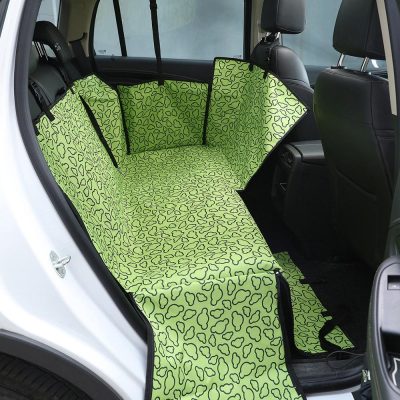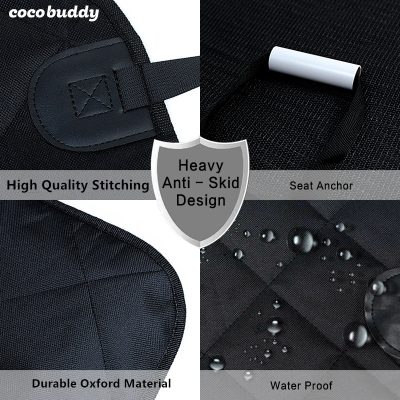Maximizing protection with UV-resistant car covers involves selecting the right cover, proper installation, and regular maintenance. UV-resistant covers are essential for shielding your vehicle from the sun’s harmful ultraviolet (UV) rays, which can fade the paint, deteriorate the interior, and damage various components over time. Here’s how to maximize protection with UV-resistant car covers:
- Choose the Right Cover:
- UV Resistance: Ensure the cover is specifically labeled as UV-resistant or UV-proof. Look for materials like UV-stabilized fabric, which provides superior protection against UV rays.
- Fit: Select a cover that fits your car snugly. Avoid covers that are too loose or too tight, as they may not offer adequate protection.
- Material: Quality materials like polyester or polyethylene are commonly used for UV-resistant car covers. Ensure the cover has a soft inner lining to prevent scratches on your car’s finish.
- Breathability: Choose a cover with breathable fabric to prevent moisture buildup, which can lead to mold and mildew.
- Clean Your Car Before Covering:
- Wash your car thoroughly to remove dirt, dust, and debris. A clean car ensures the cover doesn’t trap abrasive particles against the paint.
- Apply a coat of wax or paint sealant to further protect your car’s finish.
- Install the Cover Properly:
- Follow the manufacturer’s instructions for installing the cover correctly. Ensure that all straps, buckles, and ties are secured.
- Make sure there are no wrinkles or folds in the cover that could trap moisture or cause abrasion.
- Ventilation:
- Consider using a cover with built-in ventilation or add vents if your cover doesn’t have them. Adequate ventilation helps prevent condensation and mold growth.
- Regular Maintenance:
- Inspect the cover periodically for any tears, holes, or signs of wear. Replace the cover if it becomes damaged.
- Clean the cover as per the manufacturer’s recommendations. Most covers can be machine-washed or spot-cleaned.
- Allow the cover to dry thoroughly before reinstalling it on your car.
- Storage:
- When not in use, store the cover in a clean, dry place away from direct sunlight to extend its lifespan.
- Folding the cover neatly or using a storage bag can prevent creases and damage during storage.
- Check for Fit:
- As your car ages or if you make modifications, ensure that the cover still fits properly. An ill-fitting cover may not provide adequate protection.
- Weather Considerations:
- If you live in an area with extreme weather conditions, consider a multi-layered or specialized cover that offers additional protection against rain, snow, or hail.
By following these steps and investing in a high-quality UV-resistant car cover, you can effectively protect your vehicle from the harmful effects of UV rays and other environmental factors. Remember that regular maintenance and inspection are essential to ensure your cover continues to provide optimal protection.






















